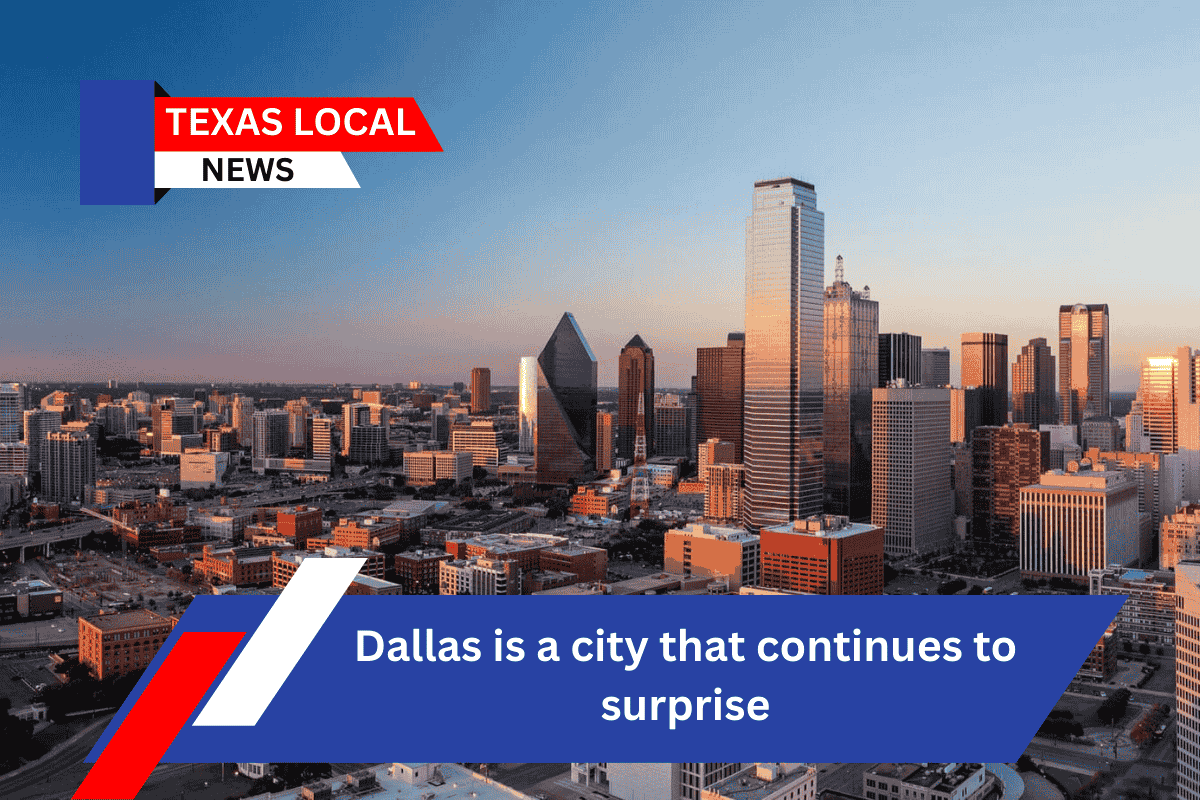Everyone has a vision of Dallas: huge business, big ideas, and big people. Beneath the surface, however, is a story based on strategic vision, deliberate decision-making, and a calm confidence that continues to affect the future in ways many people never expect.
Consider Ross Perot, Jr. In the 1980s, he looked across a vast expanse of prairie north of Fort Worth and pictured what few people could. He didn’t see livestock or scrubland; he saw planes, warehouses, trade, and international access.
What became Alliance Texas has become one of the most successful logistical and industrial projects in the country, drawing Fortune 500 firms and changing Dallas’ global connectivity.
The Haggard family in Collin County had been receiving offers for their land for years. They repeatedly passed. That long view paid off when development finally caught up, and the once-quiet acreage became the foundation of a thriving suburban corridor known today as Frisco and Plano.
Their narrative is not only about real estate, but also about strategic discipline and generational thinking.
The grapevine’s evolution tells a similar story. Long before its name became synonymous with worldwide travel, Mayor William D. Tate and other civic leaders recognized the benefits of an airport for the community.
Their efforts resulted in DFW International, which sparked an economic boom that propelled areas such as Southlake, Irving, and Coppell to national prominence.
The Henry S. Miller family helped shape the city’s commercial identity. Their developments contributed to Dallas’ transformation from a disjointed collection of structures to a thriving urban environment.
HighlandPark Village and West Village are now pillars of their respective communities, and the Miller legacy continues to shape Dallas’ growth and evolution.
Caroline Rose Hunt contributed refinement and cultural depth to the region’s development strategy. When she rebuilt The Mansion on Turtle Creek and later developed The Crescent, she redefined elegance in a city known for grit rather than glamour.
Her designs served to solidify Uptown and demonstrated that architectural beauty and business prosperity could coexist.
Some of the more intriguing breakthroughs were not even designed with commercial objectives in mind. As part of a family heritage, developer Peter Stewart created Lakeside Village on the beaches of Grapevine Lake, with luxurious residences rising above the water.
Inspired by the enthusiasm of this new community, I moved into the first tower’s penthouse and, with Jack Furst, co-founded The RESULTS Center, a lakeside destination where global leaders can meet and accelerate results.
What connects these stories isn’t just geography. It’s all about your thinking. Across Dallas-Fort Worth, the most significant moves have come from people who are ready to think long term, wait for the appropriate moment, and construct something that will last for decades.
The most significant landmarks are not always the tallest or flashiest. Sometimes they are buried a few pages deep in history, waiting to be discovered.
Dallas is constantly evolving, and the most intriguing chapters are frequently the ones that most people never hear about. That’s what makes this city unique.
